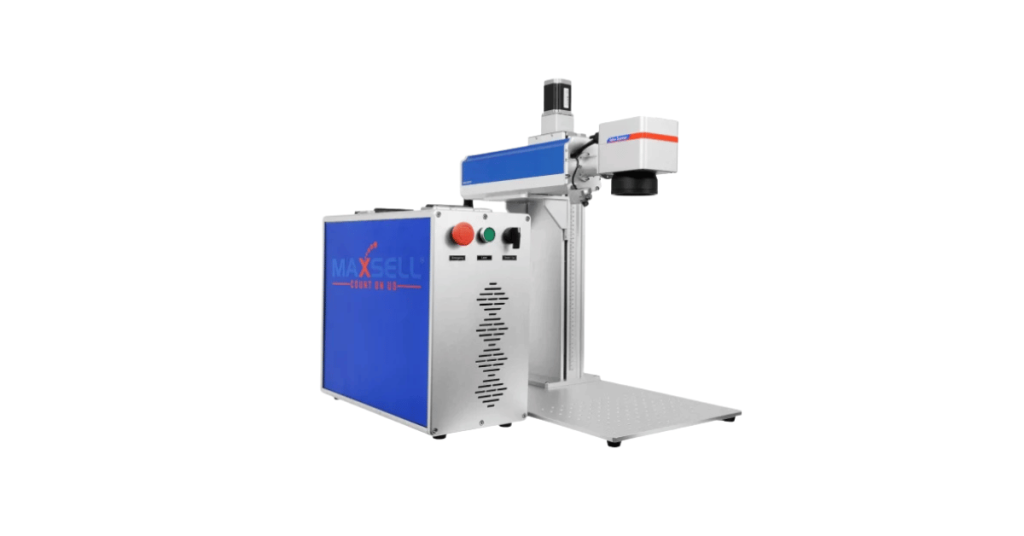A versatile and accurate method for permanently marking things is laser marking. It gets used in a wide range of industries, including jewellery, medical, and aviation, thanks to Laser Hallmarking Machine. However, what is the real basis of these advances in technology?
Step-by-Step Laser Marking Procedure
1. Preparation: Material and Design
Creating the design and getting the cloth ready to be marked are the initial steps. The laser parameters (power, velocity, frequency, etc.) that are employed depend on the properties of the material. Using specialist software, the design is created digitally, typically in vector format. The design is transformed into a set of laser system instructions using this software.
2. Focusing the Laser Beam
The laser beam generated inside the laser source must then be directed onto the surface of the material. A system of lenses and mirrors is used to accomplish this. The focused beam produces a small, powerful energy spot. To get the desired marking effect, this spot’s size and brightness are important. The accuracy of laser marking has been attributed to this precise concentrating.
3. Laser-Material Interaction
The material experiences a specific change in traits as a result of interactions with the focussed laser beam. According to the material and laser settings, this change can take many different forms.
Typical marking systems consist of:
- Melting: To produce a contrast mark, the material is heated up and then resolidified.
- Colour Change: The material changes physically, changing its colour.
- Treatment: Level by level, material is eliminated. To get the intended marking outcome, it is essential to comprehend this connection.
4. Beam Steering and Marking
To generate the desired design, the laser beam moves across the surface of the material. Galvanometers detectors, which are extremely accurate with fast mirrors, are commonly used for this. The mirrors accurately trace out the design by reflecting the laser beam in accordance with the control software’s directions. This is the stage where a Laser Hallmarking Machine precisely engraves intricate patterns on jewellery.
5. Post-Processing and Inspection
Lastly, depending on the application, the designated portion may go through afterwards procedures like passivation or cleaning. After that, the mark is examined to make sure it satisfies the necessary quality requirements.
This ensures the mark’s permanence ,readability and aesthetic appeal. In applications where validity and visibility are critical such as Laser Hallmarking Machine, continuous quality control is essential.
Conclusion
You can optimise your laser marking process by following these five stages, regardless of whether you are using a general purpose laser marker or an advanced Laser Hallmarking Machine.

